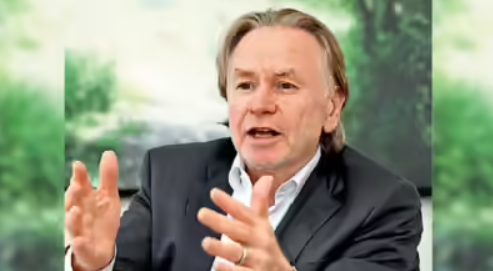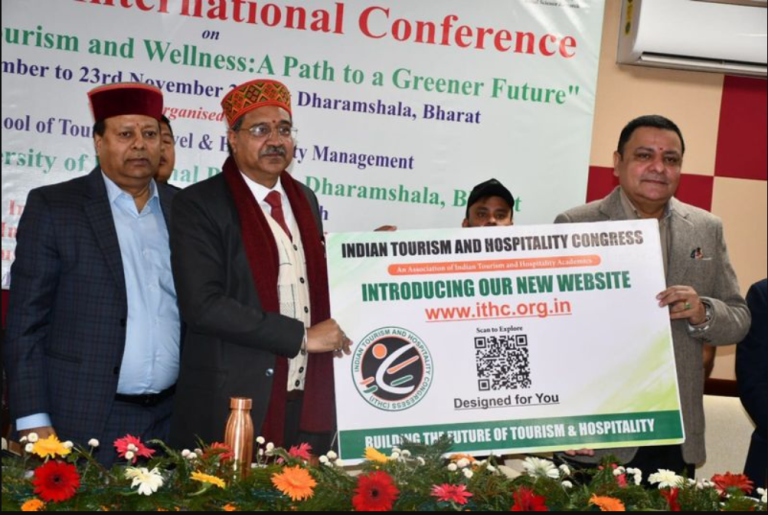Philip Green, Australia’s High Commissioner to India, spoke to Srijana Mitra Das at Times Evoke about the climate crisis — and Australian responses:
Are there energy and environmental transition areas India and Australia could collaborate in?
There are several — and for Australia, doing so is important because there is no global green transition without India, the most populous country on Earth and already the world’s fifth largest economy. There are three areas where we have capabilities that are important to India. The first is critical minerals — the vast majority of the world’s batteries are lithium ion now. Australia produces over 50% of the world’s lithium — India is becoming a major manufacturer of batteries and electric vehicles. So, we’re trying to get India direct access to our supply chain of lithium and other critical minerals.
The second area is clean tech where we have advanced proficiency — for example, Martin Green at the University of New South Wales produced the fundamental Passivated Emitter and Rear Cell (PERC) technology found now in all solar panels. Our companies and individuals hold around 14,000 patents in solar and wind technology — that’s about the same as Germany, which has thrice the population and is a well-known expert in science and engineering. Australia has huge innovation.
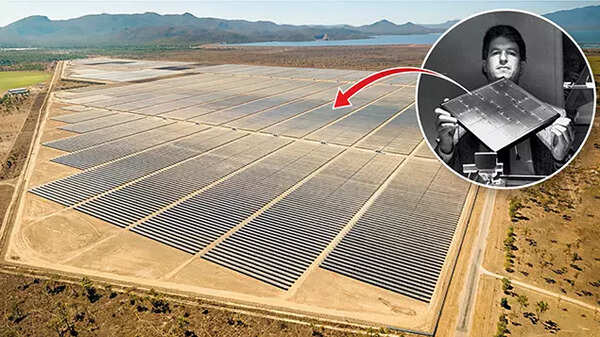
However, we’re a long way from global markets and can’t scale with our small population. India has the scale and connectivity to globalise our inventions — we’d like to link Australian innovation with Indian scale. During the India Energy Storage Week, we are bringing 22 companies to engage with Indian counterparts in solar to hydro tech.
The third is skills — India has a huge, young labour force and Australia offers skills and capabilities training. We are already working with India’s Skill Council for Green Jobs to support training 2,000 technicians, helping India reach its target of 10 million solar rooftops.
What is Australia’s experience of global warming?
Australia is the driest inhabited continent on Earth and very vulnerable to climate change — this now shows in the devastating bushfires we saw some years ago, rising temperatures, harsher storms, less predictable rain, etc.
Australians feel a lived change with global warming — in our recent election, they voted for a party which has climate change high on its priority list. This is now a palpable reality for us.
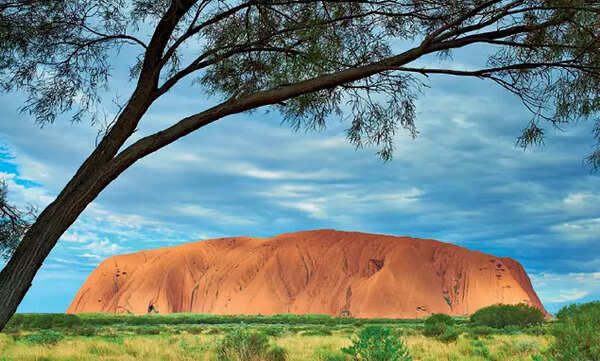
What are Australia’s commitments — and achievements — on renewables?
We’ve been reliant on fossil fuels for many years — that is changing dramatically now. We have a goal for 82% of our national grid to be green by 2030. We’ve reduced coal-fired power generation from 70% to under 50% and we produce some of the lowest-cost renewable power in the world. We lead globally on rooftop solar — Australia has the largest per capita deployment on Earth. When our Prime Ministers met last year, they discussed Australia providing rooftop solar expertise to India.
What are the challenges Australia faces in the energy transition while ensuring growth?
Our approach is to maintain Australia’s economic prosperity while we make this vital transition — one particular challenge is our size. Australia is over twice the size of India — we can generate low-cost renewable power but transmission is a challenge with our vast distances.
So, we’ve embarked on major grid modernisation — we’re spending $20 billion on ‘Rewiring the Nation’, a program for our grid to take on more renewable power and reach it reliably to households and businesses.
Much of Australia’s industry uses environmentally extractive processes — is there a plan to make these more sustainable?
We have mechanisms encouraging our largest emitters — many being mining companies — to reduce their emissions in line with our 2050 net zero goal. Hearteningly, big players are picking up on this — for example, Andrew Forrest’s Fortescue Group has decided to decarbonise its operations, largely iron ore extraction and exports.
They are spending over $6 billion to decarbonise their primary mining operations and fund electric trucks to move the ore from pits to trains.We also produce some of the world’s most sizable amounts of ‘green’ metals — alongside lithium, we’re among the world’s largest cobalt producers. As our mining becomes greener, it is increasingly producing the minerals and metals required for other nations’ green transition.
What role does indigenous knowledge play in Australia’s environmental strategies?
We are immensely proud that our country is home to the oldest living culture on Earth — Australian indigenous people have pursued ways highly respectful of the environment. Frankly, they have been better at preserving the land than later generations of migrants. We are seeking to engage our indigenous communities in better land management — in some parts, for instance, it makes sense to apply indigenous practices of burning grasslands in the cool season, so there is less material to combust in the heat. We are also deploying indigenous people to protect and advance our ecology.
How are Australia’s species faring with climate change?
Much of our flora and fauna, like koalas, wombats and kangaroos, are unique to Australia and we strongly seek to protect them. Currently, 22% of our landmass is national parks. We are seeing climatic effects on eucalyptus forests in some areas now, reducing koala habitat, etc.
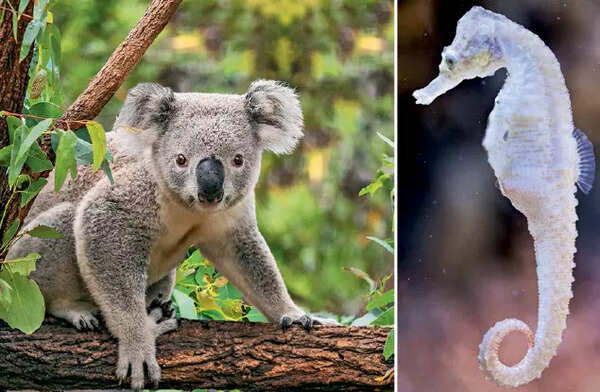
Perhaps less obvious to the eye, but no less crucial, is the marine domain — the population of White’s seahorses in Sydney has greatly reduced due to warming oceans. We’re concerned and following the ‘30 by 30 Target’ — by 2030, we will protect 30% not only of our landmass but our marine environment as well via national reserves, etc.
America’s returned to the ‘Drill, baby, drill’ mantra — does Australia have a view?
America makes its own choices. Australia has made its own very clear choice — we seek climate change action. Hence, our ambition is to reduce emissions, adopt renewables, etc. Also, we look beyond — our near-abroad are countries of the Pacific, many profoundly affected by climate change.
Hence, Australia, with these Pacific nations, is bidding to host the next UN FCCC COP summit as climate change issues are now vital for us.(Views expressed are personal) Times Evoke ‘Diplomaticus’ is an occasional series with international envoys on climate, energy & geopolitics Koalas and seahorses now face climate change
Source link : View Article
Author
-

Dr Srijana Mitra Das holds a PhD from Cambridge University, where she focused her research on militancy, religion, and caste. She earned her MPhil in Politics at Cambridge and completed her undergraduate studies in Economics at the London School of Economics. With a distinguished career in Indian media, she has contributed across major editorial platforms—reporting, writing, and leading sections on interviews, films, and literature. She is currently the Editor-in-Chief of Times Evoke and ET Evoke, where she steers impactful storytelling at the intersection of climate, culture, and public thought.

